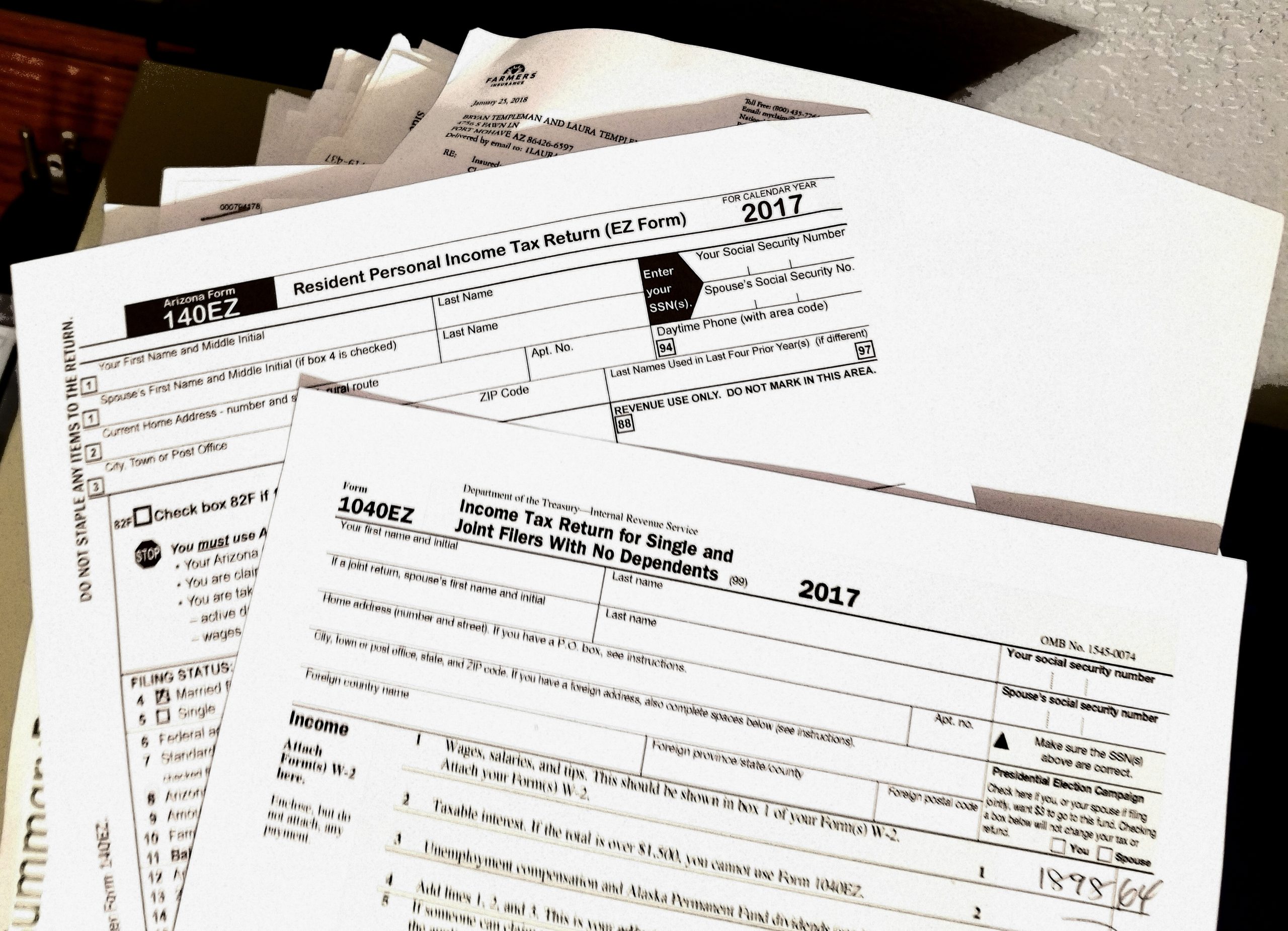
Big Tax Changes Are Coming in 2026: Here’s What to Know
The 2017 Tax Cuts and Jobs Act (TCJA) brought sweeping changes to the tax code, and most Americans have been living under its provisions ever since. But what many taxpayers don’t realize is that many of those changes are set to expire at the end of 2025.
Unless Congress takes action, the 2026 tax year will bring one of the largest tax code resets in recent history. That means individuals, families, and business owners should start planning now to understand how their taxes and financial decisions could be affected.
At Tax Pro USA, we’re already helping clients prepare for what’s ahead. Here’s what you need to know.
1. Individual Tax Rates Are Set to Go Back Up
Under TCJA, tax brackets were lowered across the board. But when those provisions expire, rates will revert to pre-2017 levels, meaning many taxpayers will see an automatic increase in the percentage of income they owe.
For example:
- The current 12 percent bracket may return to 15 percent
- The 22 percent bracket could go back to 25 percent
- The top rate could rise from 37 percent to 39.6 percent
What this means: Even if your income stays the same, your tax bill could increase in 2026.
2. The Standard Deduction Will Shrink
TCJA nearly doubled the standard deduction, making it more attractive than itemizing for many taxpayers.
Unless extended:
- The standard deduction for single filers could fall from around $14,600 (2025 estimate) to about $8,000
- Married filers could drop from $29,200 to roughly $16,000
What this means: More people may go back to itemizing, and strategies around mortgage interest, charitable giving, and medical deductions will matter more again.
3. The Child Tax Credit Will Likely Drop
Right now, many families receive up to $2,000 per qualifying child—a significant credit that directly reduces taxes owed.
After 2025, that amount could revert to $1,000 per child, and income phaseouts could return to much lower thresholds.
What this means: If you have children, you could see a reduced credit and a higher overall tax bill—unless new legislation replaces the current structure.
4. Estate and Gift Tax Exemptions Will Be Cut in Half
The current federal estate and gift tax exemption is over $13 million per individual. That high threshold has made estate planning easier for many families and business owners.
When TCJA sunsets, the exemption is expected to return to around $6 to $7 million per person (adjusted for inflation).
What this means: Families with significant assets may need to act before the end of 2025 to take advantage of gifting and trust strategies under current law.
5. Business Deductions Will Change Too
TCJA brought significant tax relief to businesses, including the popular 20 percent Qualified Business Income (QBI) deduction for many pass-through entities.
That provision is also set to expire after 2025, which could increase taxable income for sole proprietors, LLCs, and S corporations.
What this means: Business owners need to revisit entity structure, income timing, and retirement strategies well in advance.
The Bottom Line: Planning Now Can Save You Later
The changes coming in 2026 are not hypothetical—they’re written into current law unless extended or replaced. And while Congress may act, it’s unwise to wait and hope for certainty.
At Tax Pro USA, we help individuals and business owners navigate change with clarity and control. From tax projections and estate planning to business strategy and retirement optimization, we’ll guide you through what this shift could mean—and how to position yourself wisely.
Let’s Get Ahead of 2026 Together
Want to understand how the expiration of the 2017 tax cuts might affect your finances?
Now is the time to start planning.
Contact Tax Pro USA today to schedule a personalized consultation and begin preparing for what’s next.